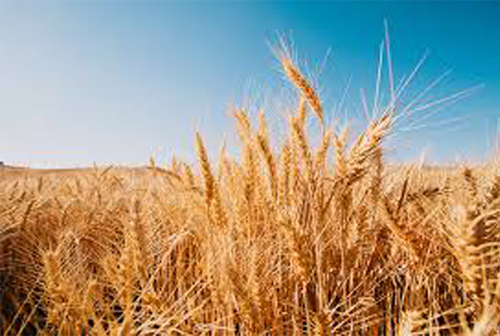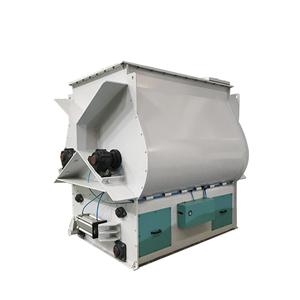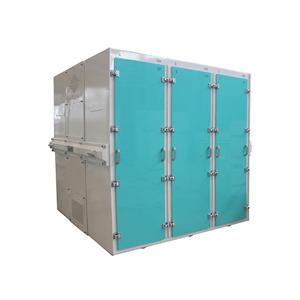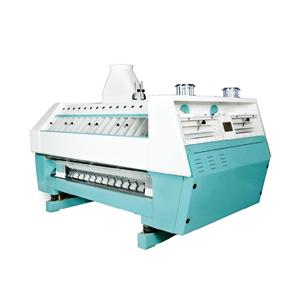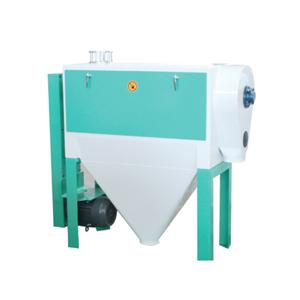FUTURE MILLS: NEW DESIGNS AND TECHNOLOGIES
Future mills will increasingly be equipped with various sensors that detect different specific data and send these to a central control system. The stored data are transformed into signals that can be further processed. Therefore, the first stage of an intelligent mill is establishing a big database by monitoring every point of milling process from raw materials to products and all operational status of machines.
Milling is one of the oldest industries in the world. People began to grind wheat through their hand power and later began to grind wheat between two stones powered by wind or animal. In the middle of the 1800s, the technique of roller mill has been developed. Nowadays, grains are transformed into flour in modern facilities with the automation systems. Milling technology companies are now working to further develop the milling process. The convergence of information technology and the Internet of Things (IoT) opens a great opportunity for the milling industry. Thanks to the technologies of the Fourth Industrial Revolution, input expenses can be lowered, maintenance cost and duration can be reduced, and facilities with quieter and fewer workers can be built.
Future mills will increasingly be equipped with various sensors that detect different specific data and send these to a central control system. The stored data are transformed into signals that can be further processed. Therefore, the first stage of an intelligent mill is establishing a big database by monitoring every point of milling process from raw materials to products and all operational status of machines. "Future mills will work within a secure wireless network, and they will be supporting a highly automated process, linked seamlessly with enterprise software working through the cloud. Operators are controlling the mills from their tablets, with all the facility data at the fingertips," says Mr. Syed Ashraf, Vice President of Automation and Electrical Engineering at KICE Industries. With the advancement of such a technology, manual adjustments will disappear in the milling plants. From a human resources point of view, this will make the low skilled workers redundant, but will also require a lot of highly skilled workers.
